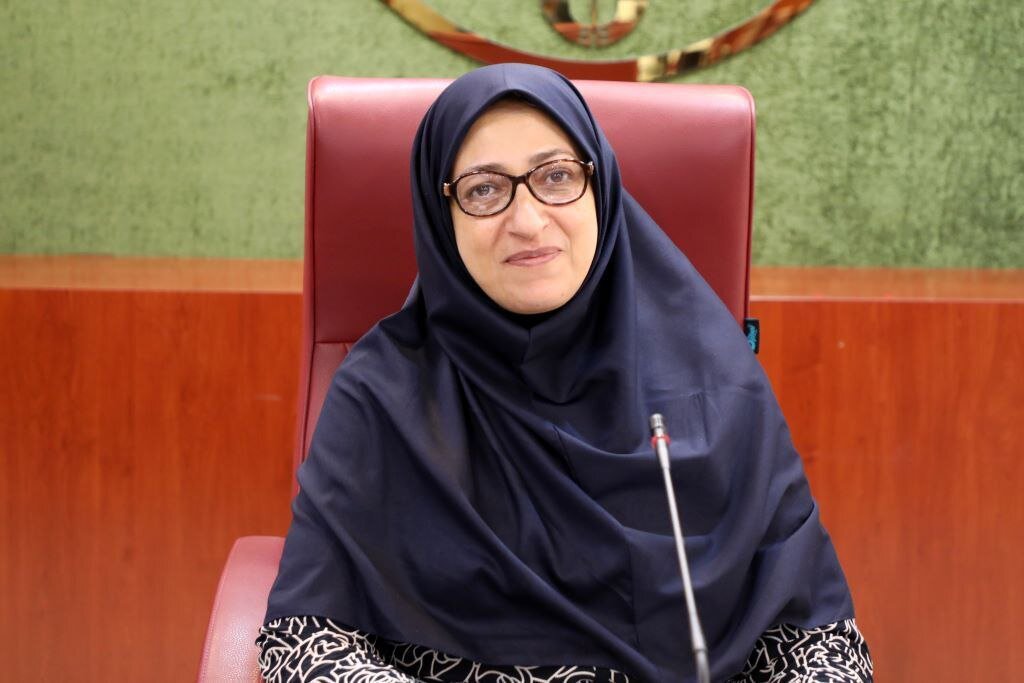Tehran – Sediqeh Torabi, an official at the Ministry of the Environment (DOE), emphasizes the importance of expanding environmental relations among regional countries so that they can address environmental issues.
Because it is crossing the border, many environmental challenges, such as the recovery of wetlands, sand and sandstorms, require environmental diplomacy with neighboring countries, Ilib quotes Travi as saying.
Therefore, in a recent visit to Afghanistan, Iran did not simply focus on Hirmand water rights, but proposed cooperation on other environmental issues, such as the recovery of Hamoun wetlands, sand and sandstorms (SDS).
Officials went on to say that holding local workshops and meetings would help each participating country share the research carried out, findings and strategies adopted to address the issues and benefit.
Officials said the Qatar meetings served as a platform for various countries in West Asia, including Iran, Qatar, Qatar, Turkey, Lebanon, Syria, Iraq and Kuwait, to discuss and address the challenges posed by the SDSS.
Environmental diplomacy
Environmental diplomacy is used worldwide to resolve issues such as conflicts over energy, water and climate change sources. This is an effective and necessary tool for alliances to mitigate and eliminate serious consequences by fair distribution of responsibility when the countries concerned present their interests and solutions.
Sand and dust storms are a classic example of the measurement dangers of West Asia, with many countries involved as many countries produce them and others are affected by them.
The SDSS has hit countries such as Saudi Arabia, Iraq, Syria, Turkey, Iran, and sometimes Azerbaijan, Turkmenistan, and even parts of Afghanistan and Pakistan.
These dust particles have devastating effects on respiratory health and ecosystems. As a result, airports, schools and offices will be closed, affecting the power transmission infrastructure, resulting in economic losses.
Removing pollution from the Arras River, securing water on the Hirmand River, and securing some wetlands are other examples of environmental policies being used to resolve competition.
The Tehran Treaty is a major achievement in the Caspian Sea coastal state not only protecting the Caspian environment from any source of pollution, but also targeting the preservation, restoration and protection of Caspian Sea species and habitat.
Therefore, environmental policies need to be strengthened to help Iran and its neighbors benefit from available resources and secure rights at the international level to mitigate the impacts of climate change and achieve the Sustainable Development Goals.
In cooperation with other executive bodies such as the Ministry of Energy, Industry, Mining, Trade and Agriculture, the Ministry of Foreign Affairs and the Ministry of Environment can likewise establish centres that focus on specific missions, follow up discussions and goals in line with the national interest, and improve the living conditions of citizens through environmental diplomacy.
mt/mg

